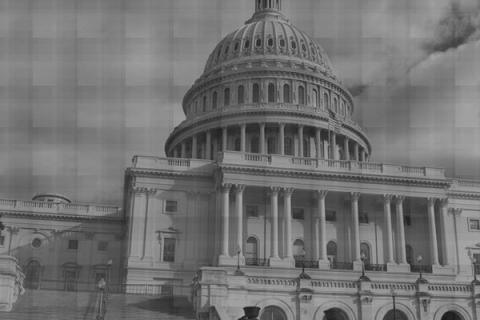
Social media plays a vital role in 21st century political campaigns, allowing for direct communication between candidates and voters. By analyzing this election's presidential social media duel one can gain insight to the image that each campaign is trying to project as well as the way they wish to paint their opponent.
In sheer numbers, President Obama dominates the social media game, with millions more users than Romney on every major social network. This is not surprising to many, considering the President’s past success with young voters. Obama not only has more followers, he also generally reaches out to them more frequently. As measured over a two-week period by Inc.com, Obama led Romney handily in message-output on social networks other than on Facebook, where Romney took a slight lead.
That being said, Romney is not out of the game entirely. On Facebook, each candidate has almost equal numbers “talking about this,” and Romney has been gaining friends and followers faster than the President this month. Moreover, Vice Presidential Candidate Paul Ryan continually trumps Vice President Joe Biden on most networks.
Social media, however, is about more than just quantifying followers; the candidates are also striving to get their supporters to share their message and interact with their campaigns. In this category, President Obama once again trounces the Republican nominee. In the same Inc.com study, Obama nearly doubled Romney in Facebook “Likes,” Twitter “Retweets,” and Youtube “Likes” and comments. This category may be the most important to measure because it reflects the reach the candidates have and implies involved support.
These numbers can be deceiving, however. For example, while the President consistently gains more comments on his Facebook posts, a larger percentage of these comments are criticisms or irrelevant humor than on Mitt Romney’s page (although these types of comments are heavily present for both candidates). Also, social media activity may not reflect likelihood of electoral success since millions of users reside in other countries, especially on Facebook.
The candidates’ social media presence is more than just numbers… insight can also be found in the content of their messages. The Obama campaign tends to divide their posts between one-sentence general summaries of policy ideas, video advertisements/endorsements, and uniquely, visuals that simply project a positive image of the candidate. Negative posts about the opposing ticket are less frequent but are certainly present. All together, the Obama Facebook makes voters feel like they really are “friends” with the President: they post photos of everyday campaigning and cute pictures of the First Couple, simple policy stances in conversational language, and appeals for sharing and interaction.
Mitt Romney’s campaign has taken a slightly different tactic in their social media approach, one in which everything is content-connected. His most standard Facebook post is an image, text overlaid, with a link to another campaign page in the description. To share his policy ideas, the Romney campaign posts “infographics” that are visually appealing and always contain a link as well. Like the Obama campaign, negative posts are present but rare. All in all, the Romney campaign maintains a Facebook page that is entirely interconnected: everything links to a sticker, sign or clothing item to purchase, a petition to sign, or a blog post on the Romney website to read.
Ultimately, the Obama campaign has had more time and a more successful approach to win the social media game, especially in terms of effectively proliferating their message. Both campaigns, however, have a unique style in the management of their networks that reflects the nature of their campaigns. The President focuses on projecting an image: he is cool and collected, in touch with the people’s concerns, and has the most logical policy to move the country forward. Governor Romney takes an information-based approach: go anywhere near his Facebook or Twitter and you will end up buying campaign items, signing a petition to show your support, or reading material on the campaign website. Both approaches have their advantages, and only November will prove which one is most effective.
